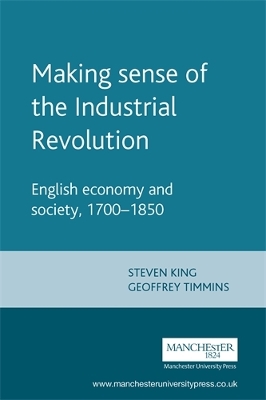Manchester Studies in Modern History
2 total works
The first comprehensive and up-to-date overview of the literature on poverty, communal welfare systems and alternative welfare strategies. Offers a new perspective on how we should conceptualise poverty and how ordinary families and communities responded to that poverty.. Indicates the need for new directions in the study of poverty and welfare using previously unpublished results form one of the biggest poor law databases in existence.. Argues that welfare historians have paid too little attention to the complexities of defining and measuring poverty, and a variety of primary source material is used to reconsider the extent of poverty in the period 1700-1850.. Provides the first systematic attempt to discuss the regional dimensions of the welfare system in an English context.
This book is relevant to United Nations Sustainable Development Goal 1, No poverty.

